In today’s fast-paced world, stress and anxiety have become increasingly common. The constant barrage of information, deadlines, and responsibilities can leave us feeling overwhelmed, exhausted, and on edge. This chronic stress can have a profound impact on our physical and mental health, leading to a range of adverse effects.
The Negative Impact of Stress on Physical and Mental Health
Stress can manifest in a variety of ways, both physically and mentally. Physically, stress can lead to symptoms such as muscle tension, headaches, fatigue, digestive problems, and a weakened immune system. Mentally, stress can contribute to anxiety, depression, difficulty concentrating, and impaired decision-making.
Chronic stress can also have a significant impact on our overall health. It has been linked to an increased risk of heart disease, stroke, high blood pressure, and other chronic conditions. Stress can also exacerbate existing health problems and make it more difficult to recover from illness.
List of Effective Yoga Poses for Relaxation
There are many different yoga poses that can be helpful for relaxation. Some of the most popular poses for relaxation include:
Balasana (Child’s Pose)
Balasana is a gentle pose that is a great way to release tension in the spine, neck, and shoulders. To do Balasana, start on your hands and knees with your knees hip-width apart and your toes pointed. Fold forward, resting your forehead on the floor. Let your arms relax alongside your body, palms facing down.
Viparita Karani (Legs-Up-the-Wall Pose)
This restorative pose helps to reverse blood flow and reduce swelling in the legs and feet. To do Viparita Karani, find a wall and sit on the floor with your side against the wall. Swing your legs up the wall so that your body is an L-shape. Rest your arms by your sides, palms facing up.
Makarasana (Crocodile Pose)
This pose is known for its calming effect on the nervous system. To do Makarasana, lie on your belly with your legs extended and your feet together. Rest your forehead on your forearms, crossed beneath your shoulders.
Supta Matsyendrasana (Reclining Fish Pose)
This pose gently twists the spine and helps to release tension in the hips and lower back. To do Supta Matsyendrasana, lie on your back with your arms extended overhead. Cross your right ankle over your left thigh, and then lower your left knee towards the floor. Relax your arms alongside your body.
Savasana (Corpse Pose)
This pose is the ultimate relaxation pose, and it is often used to end a yoga practice. To do Savasana, lie on your back with your arms relaxed by your sides and your palms facing up. Close your eyes and focus on your breath.
Tips for Practicing Yoga Poses for Relaxation
When practicing yoga for relaxation, it is important to follow these tips:
- Focus on your breath. Your breath is the most important tool in your yoga practice. When you focus on your breath, you can help to calm your mind and body.
- Move slowly and mindfully. Don’t rush through the poses. Take your time and focus on the sensations in your body.
- Avoid pushing yourself into any pose that causes pain or discomfort. If you feel pain, stop the pose and come to rest.
- Listen to your body. Your body will tell you what you need. Don’t be afraid to modify the poses or take a break if you need to.
- Be patient and consistent. It takes time to see the benefits of yoga. Don’t get discouraged if you don’t feel relaxed after your first practice. Just keep practicing and you will eventually feel the difference.
Here are some tips on how to incorporate yoga into your routine:
- Start with a few poses that you feel comfortable with. Don’t try to do too much too soon.
- Practice in a quiet place where you will not be disturbed.
- Set aside some time each day for your yoga practice. Even 10-15 minutes of yoga can make a difference.
- Find a yoga class that you enjoy. There are many different styles of yoga, so find one that is right for you.
- Consider practicing yoga with a friend or family member. This can help you to stay motivated and accountable.
Yoga offers a safe and effective way to manage stress and promote relaxation, enhancing both physical and mental well-being. By incorporating yoga into your routine, you can cultivate inner peace, enhance emotional resilience, and experience greater overall health. Embrace the transformative power of yoga and embark on a journey towards a more balanced and stress-free life. Hopefully, the above article of TTC has provided you with useful information. If you have any questions or concerns, please leave a comment below.
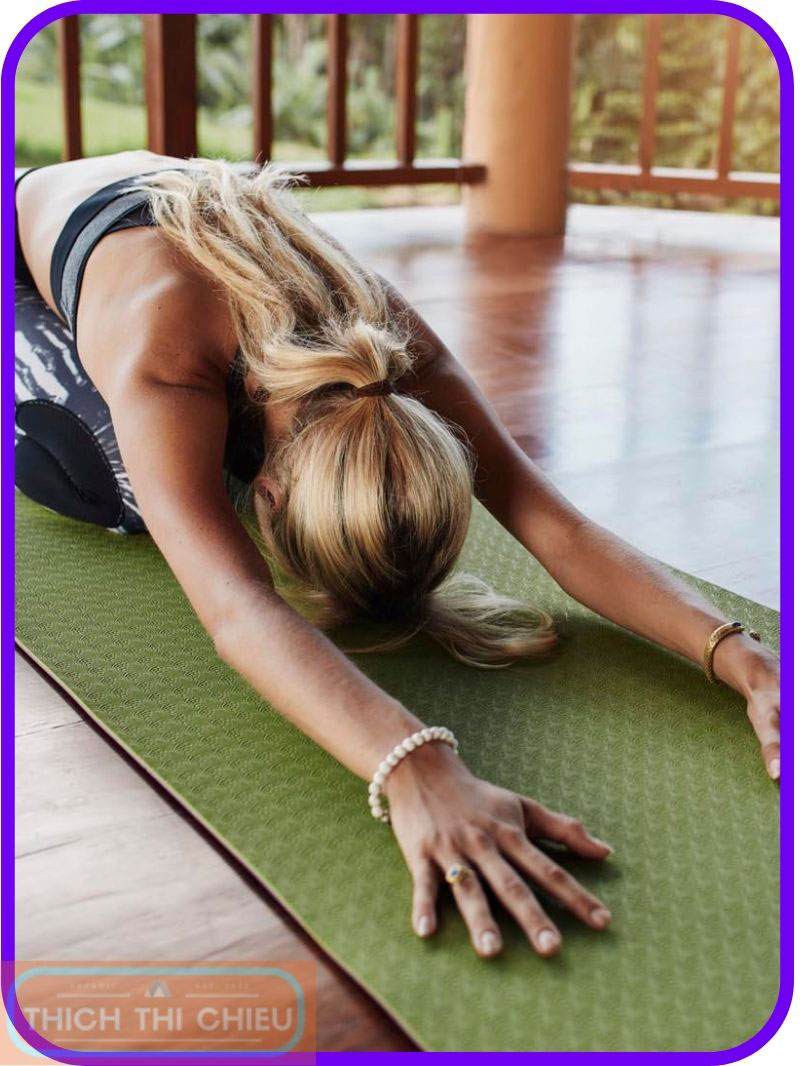
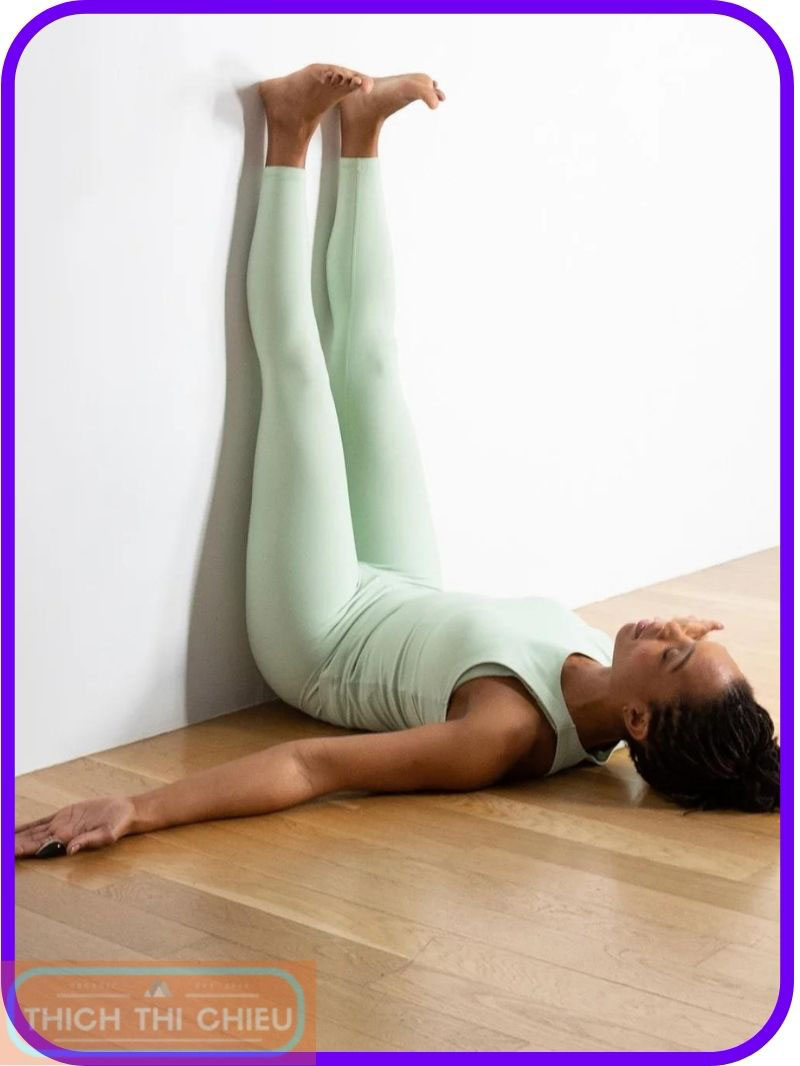
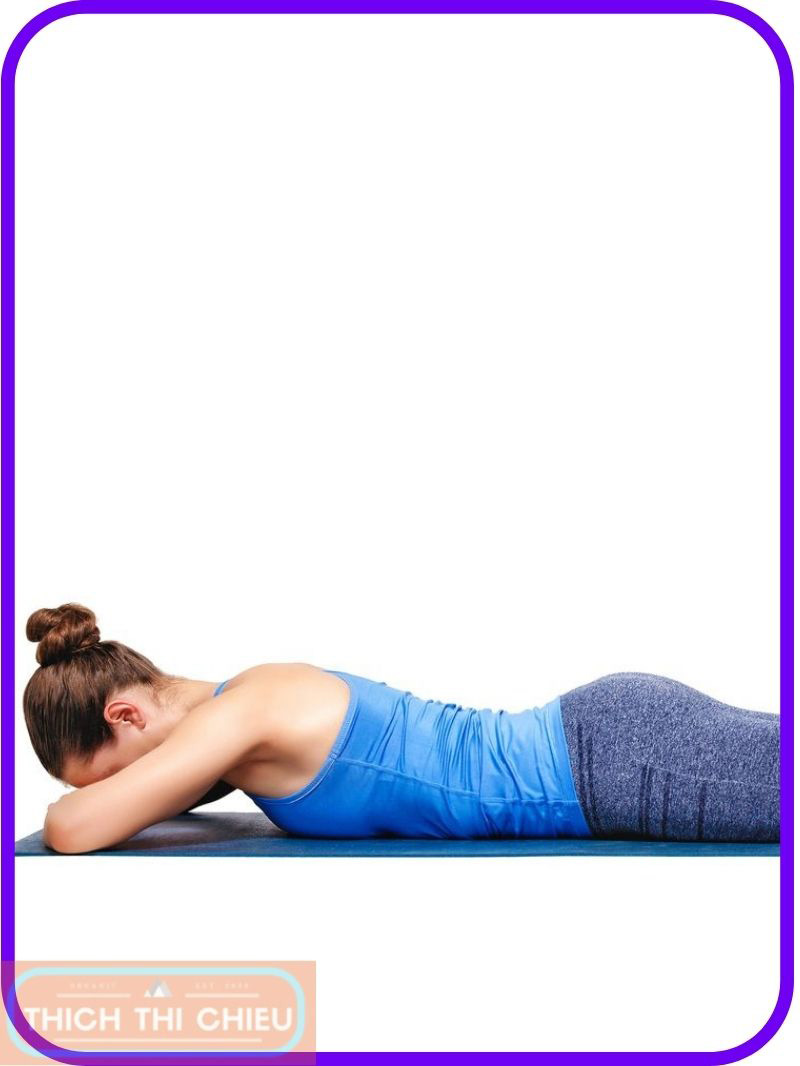
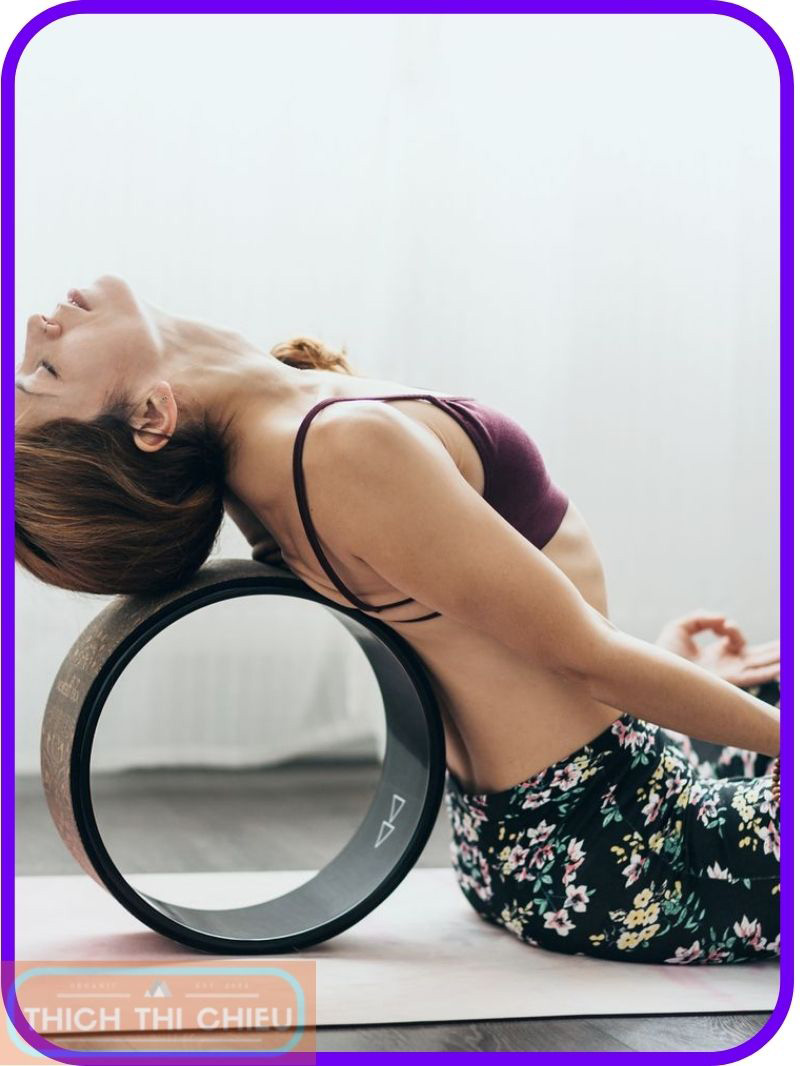
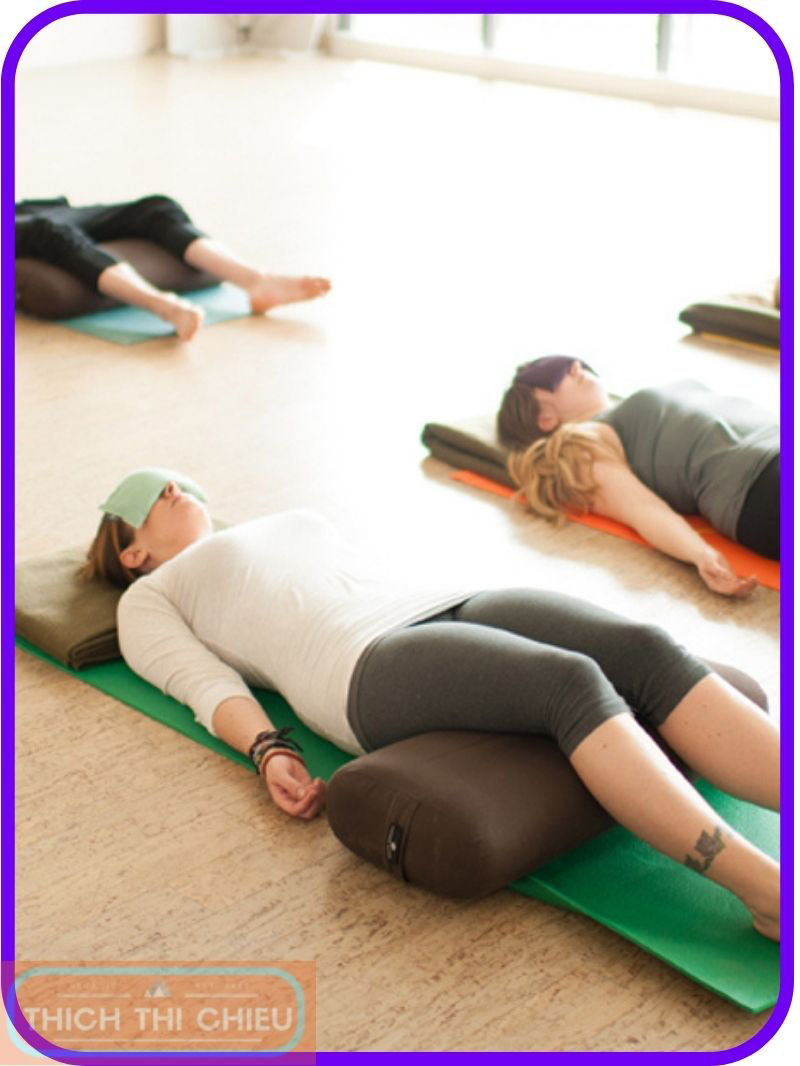





Leave a Reply